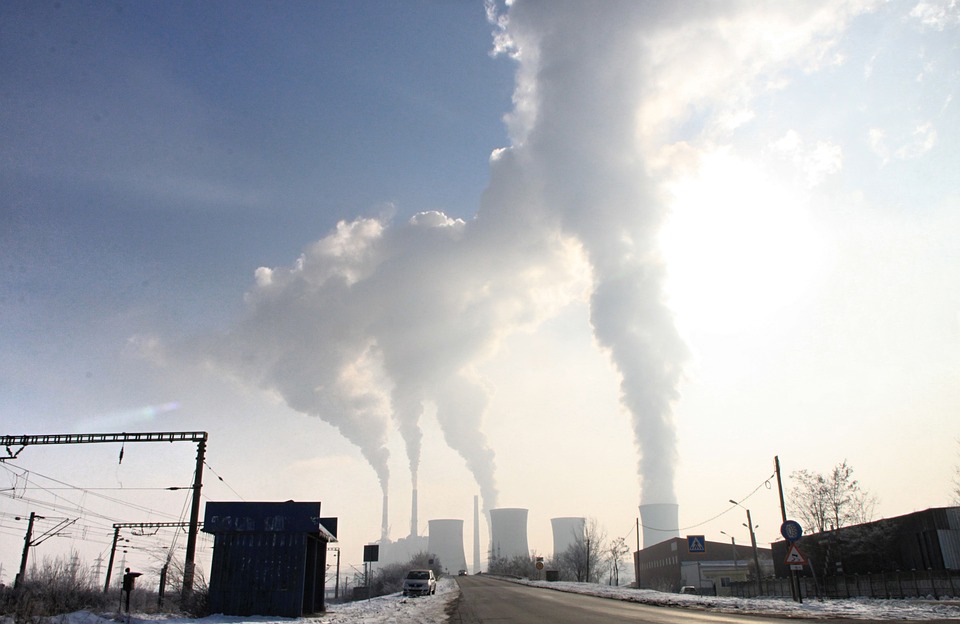Introduction
Global warming, caused primarily by human activities, is having a significant impact on our planet. One of the areas most affected by climate change is wildernesses around the world. These vast and untamed natural areas are home to a diverse range of ecosystems and wildlife. As temperatures rise and weather patterns become more unpredictable, wildernesses are experiencing notable transformations that will shape their future.
1. Melting Glaciers
Glaciers are a defining feature of many wilderness areas, such as the Arctic, Antarctic, and mountainous regions. With global warming, these icy giants are rapidly melting. As glaciers retreat, they leave behind bare rock or glacial lakes. This loss of ice not only affects the landscape but also impacts the availability of freshwater resources for plants, animals, and humans.
2. Shifting Biodiversity
Wildernesses support a wide variety of plant and animal species that have adapted to specific climatic conditions over centuries. However, with global warming, many species are struggling to survive in their traditional habitats. Some species are moving to higher altitudes or migrating towards the poles, seeking cooler temperatures. This migration disrupts existing ecological balances and can lead to the displacement or extinction of certain species.
3. Increased Wildfires
Warmer temperatures and drier conditions provide ideal fuel for wildfires. As a result, wilderness areas are facing an increased frequency and intensity of wildfires. These fires not only destroy vast areas of vegetation but also pose a threat to wildlife habitats and human settlements nearby. Wildfires also release large amounts of carbon dioxide, exacerbating global warming and creating a dangerous feedback loop.
4. Altered Hydrological Patterns
Global warming affects precipitation patterns, leading to changes in water availability and distribution. Some wildernesses may experience more frequent and severe droughts, while others may face increased rainfall and flooding. These altered hydrological patterns impact the delicate balance of ecosystems, affecting both plant and animal life. Changes in water availability also affect human communities that rely on these wilderness areas for their livelihoods.
5. Coral Bleaching
Wilderness areas in tropical oceans are home to vibrant coral reefs, which support a vast array of marine life. However, rising ocean temperatures and increased acidity are causing coral bleaching. This phenomenon occurs when corals expel the symbiotic algae that provide them with nutrients and vibrant colors. Coral bleaching leads to the death of coral reefs, which not only impacts marine biodiversity but also reduces the natural protection against coastal erosion and storm surges.
Conclusion
Global warming is significantly altering wildernesses around the world. Melting glaciers, shifting biodiversity, increased wildfires, altered hydrological patterns, and coral bleaching are just a few examples of the changes occurring. Protecting and preserving these wilderness areas is vital to mitigate the impacts of global warming and ensure the survival of countless species. Urgent action is needed to reduce greenhouse gas emissions and promote sustainable practices to safeguard these invaluable natural treasures.

Kyle Whyte is a notable scholar and professor at the University of Michigan, holding positions such as the George Willis Pack Professor in the School for Environment and Sustainability and Professor of Philosophy. Specializing in environmental justice, his work critically examines climate policy and Indigenous peoples’ ethics, emphasizing the nexus between cooperative scientific endeavors and Indigenous justice. As an enrolled Citizen Potawatomi Nation member, he brings a vital perspective to his roles as a U.S. Science Envoy and member of the White House Environmental Justice Advisory Council. His influential research is supported by various prestigious organizations including the National Science Foundation, and disseminated through publications in high-impact journals. Kyle actively contributes to global Indigenous research methodologies and education, with affiliations to numerous institutes and societies dedicated to traditional knowledge and sustainability. Recognized for his academic and community engagement, Kyle has earned multiple awards and served in various visiting professorships. His efforts extend to leadership positions on boards and committees focused on environmental justice nationwide.
